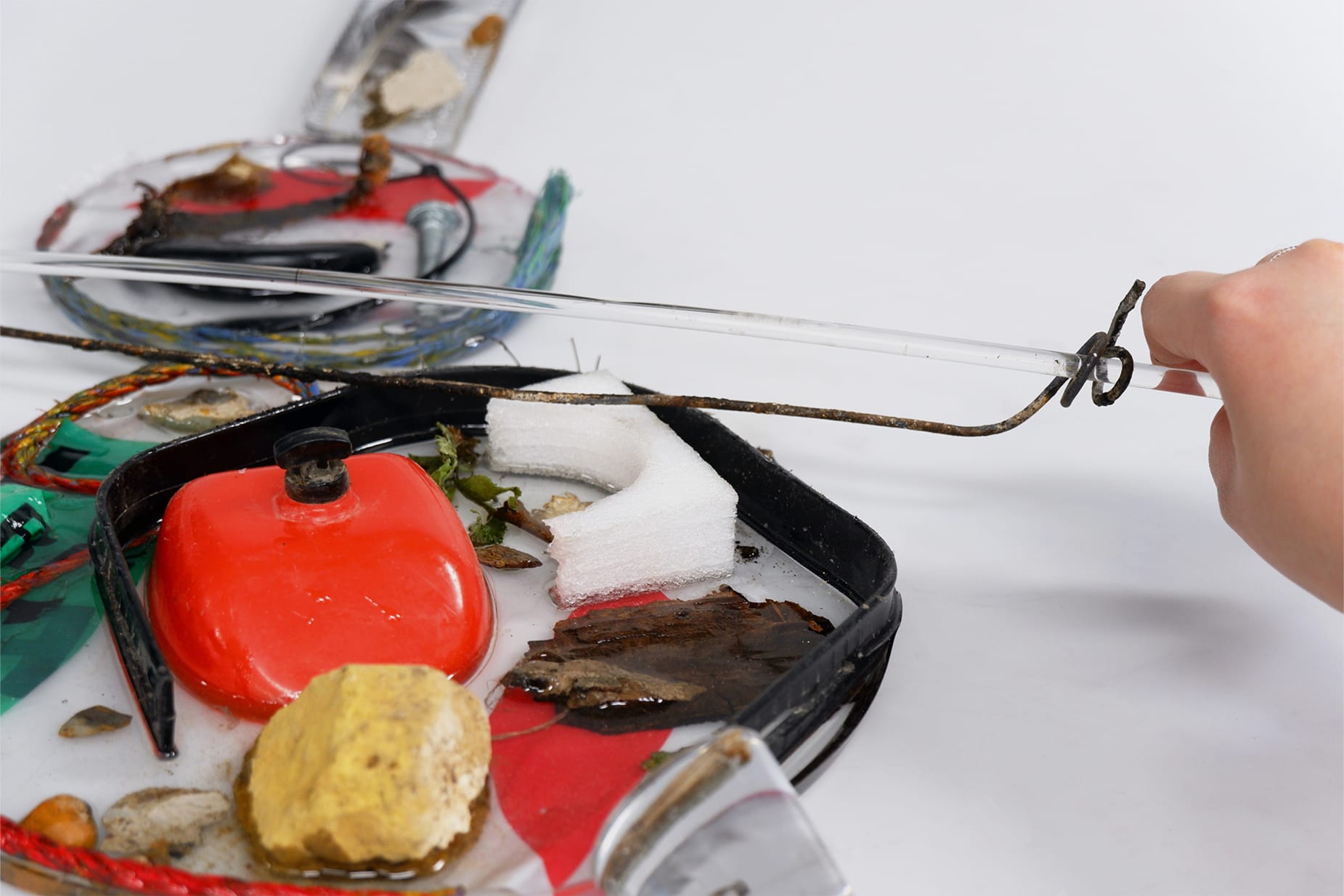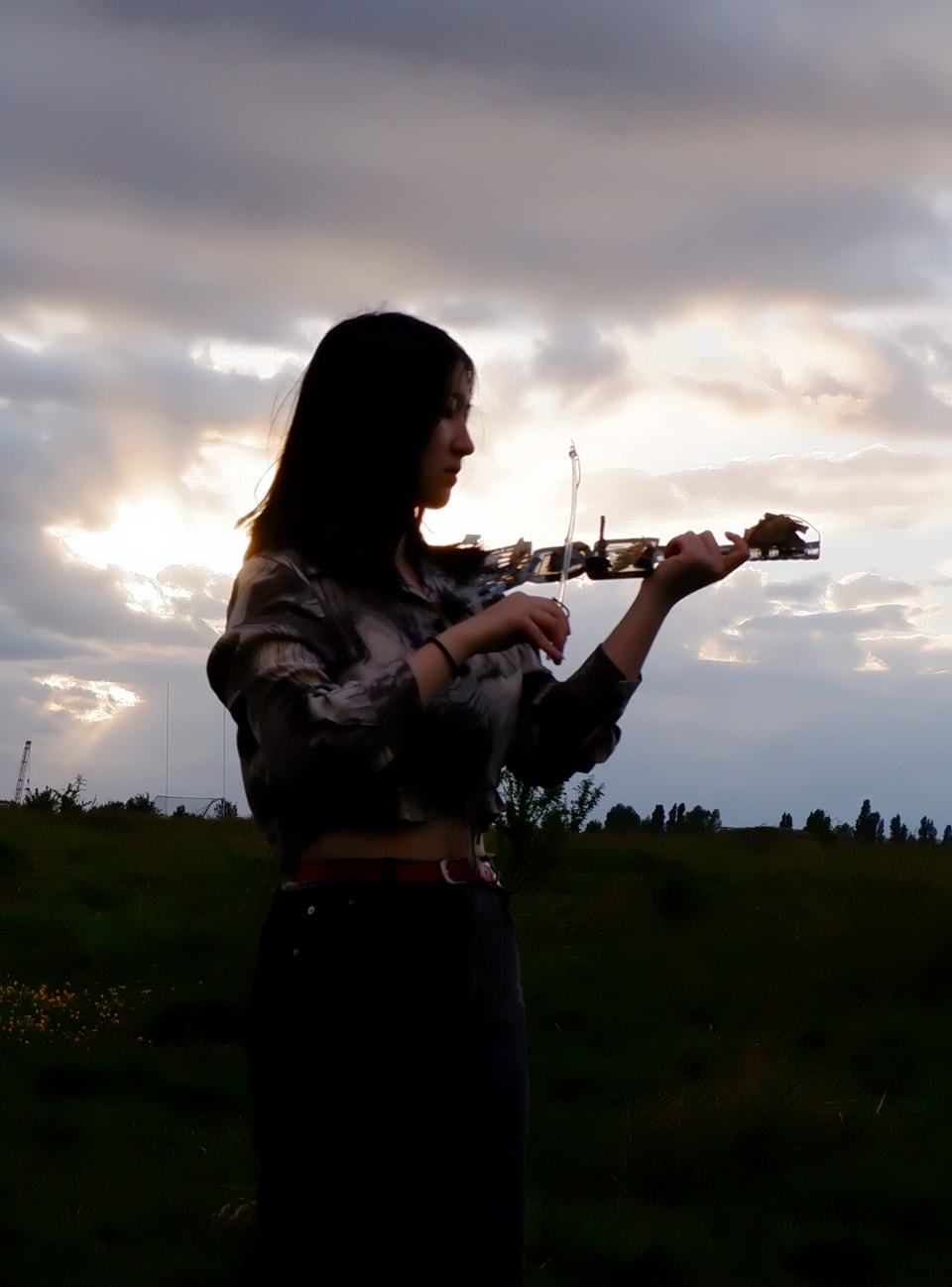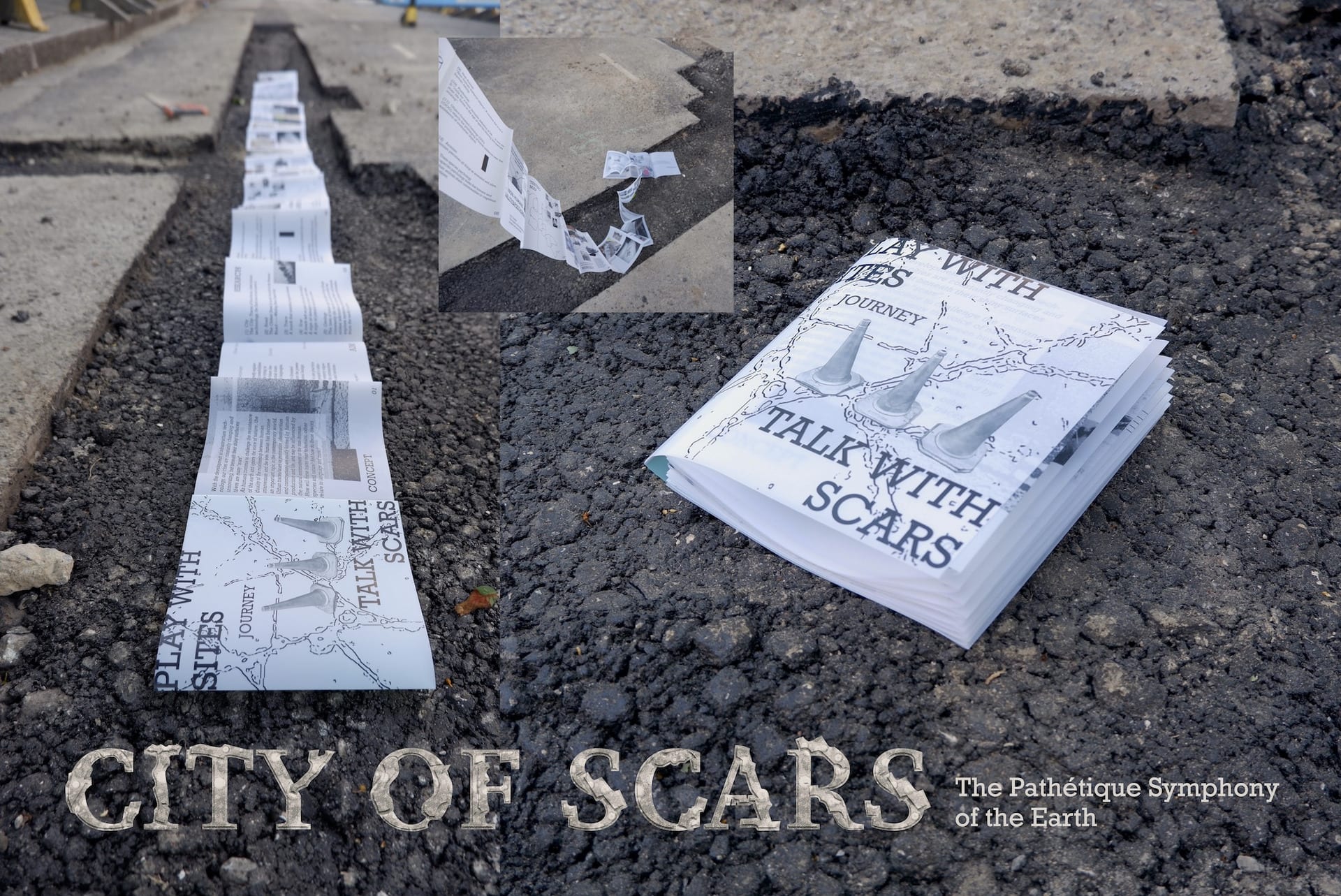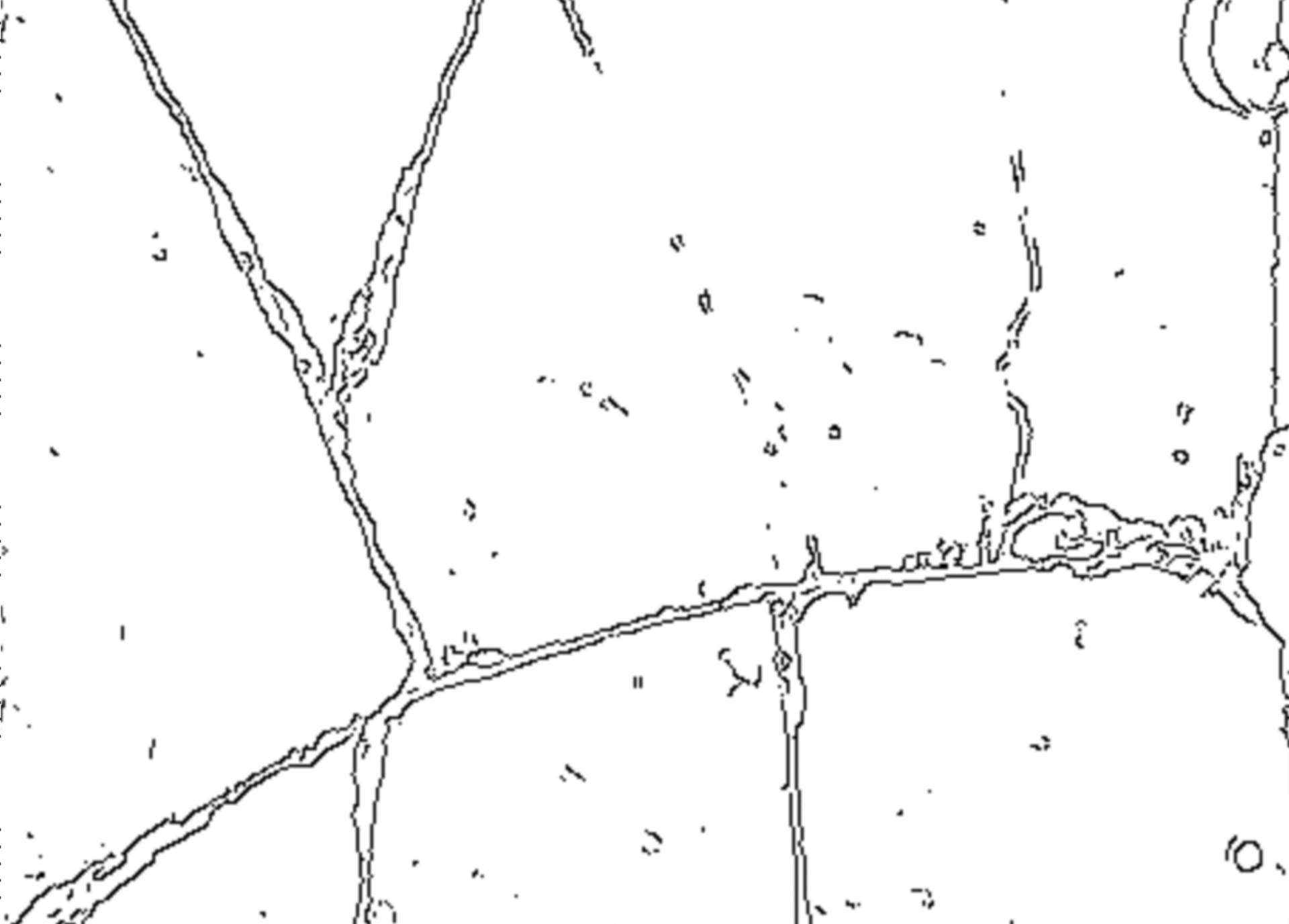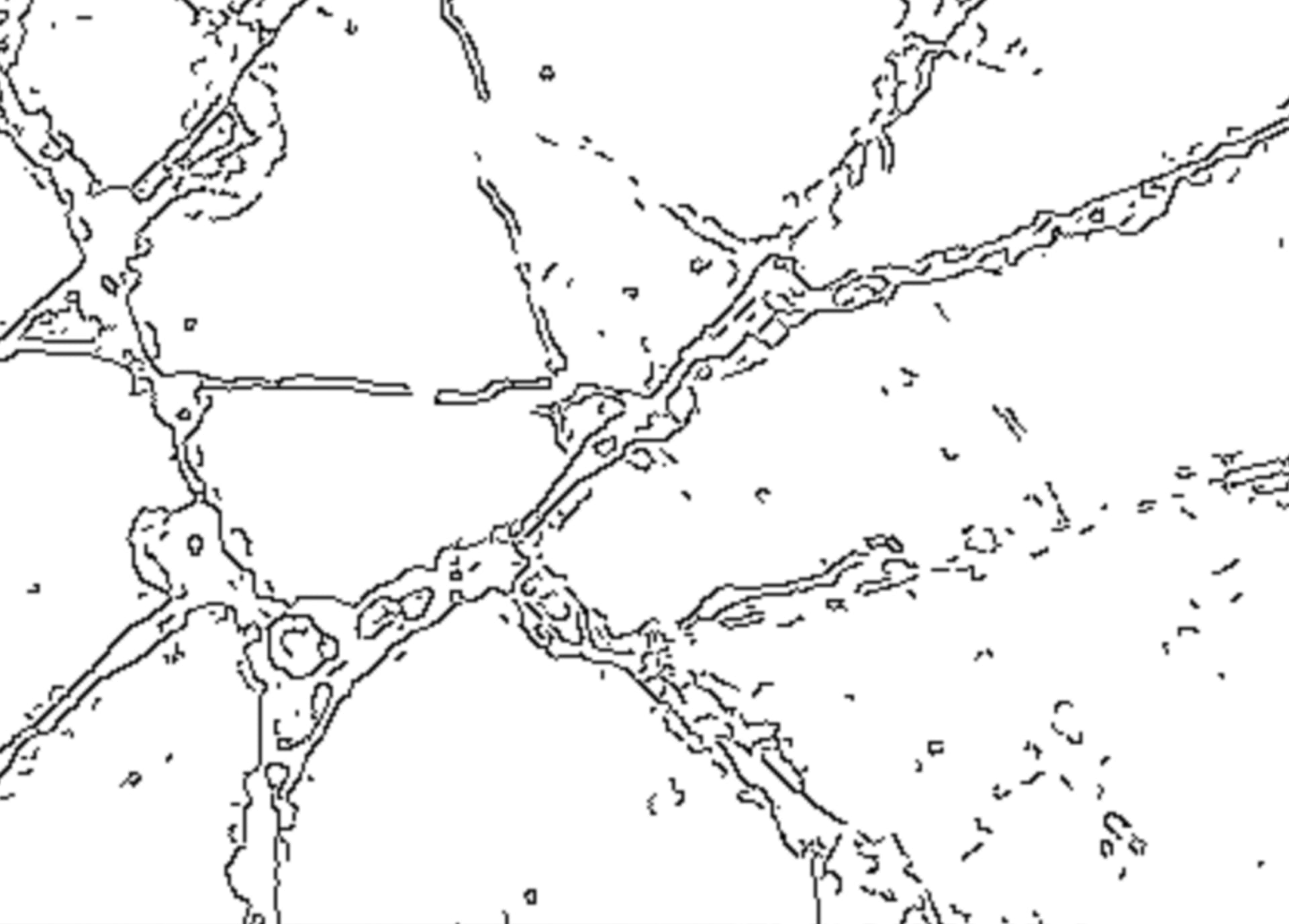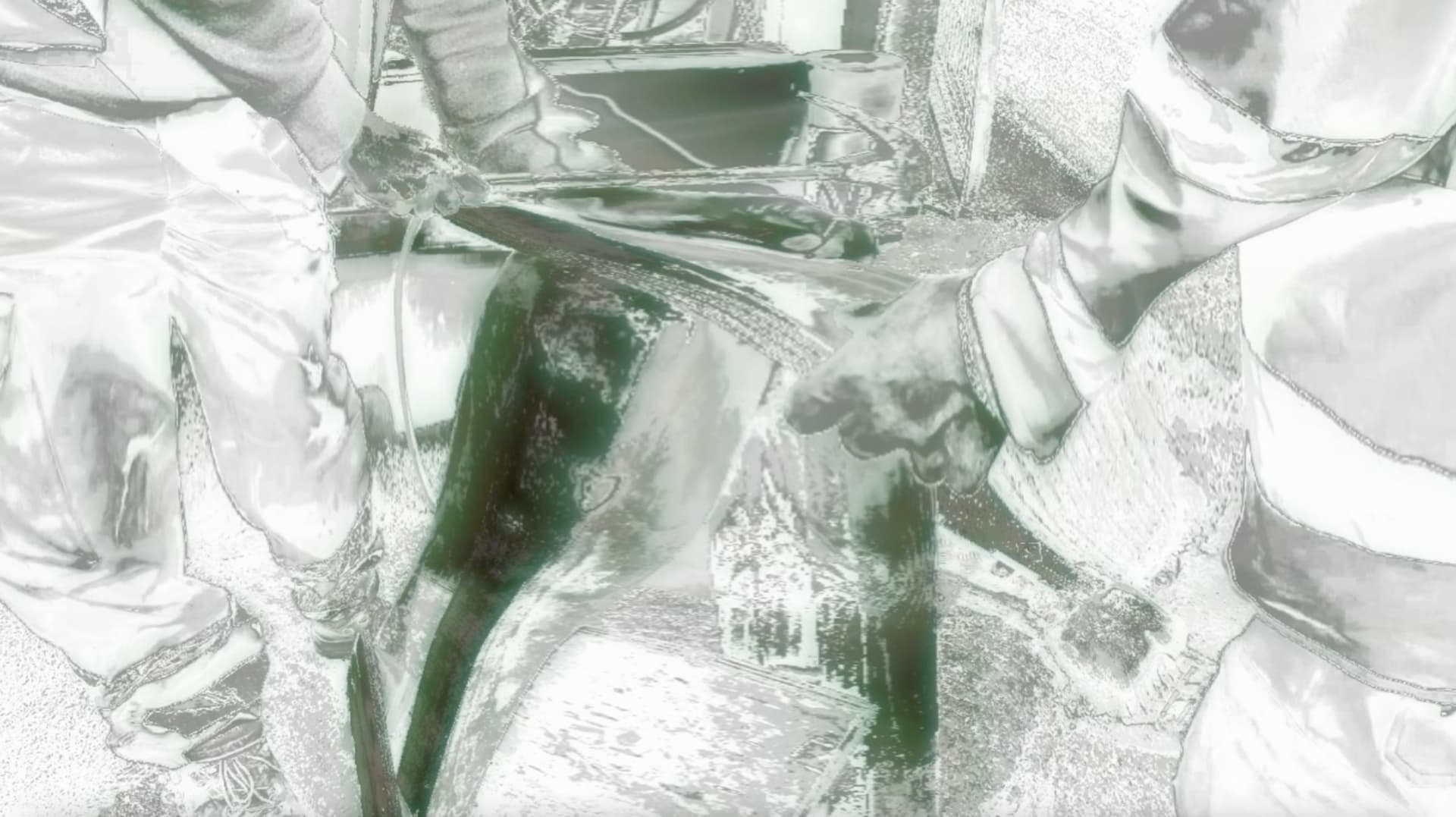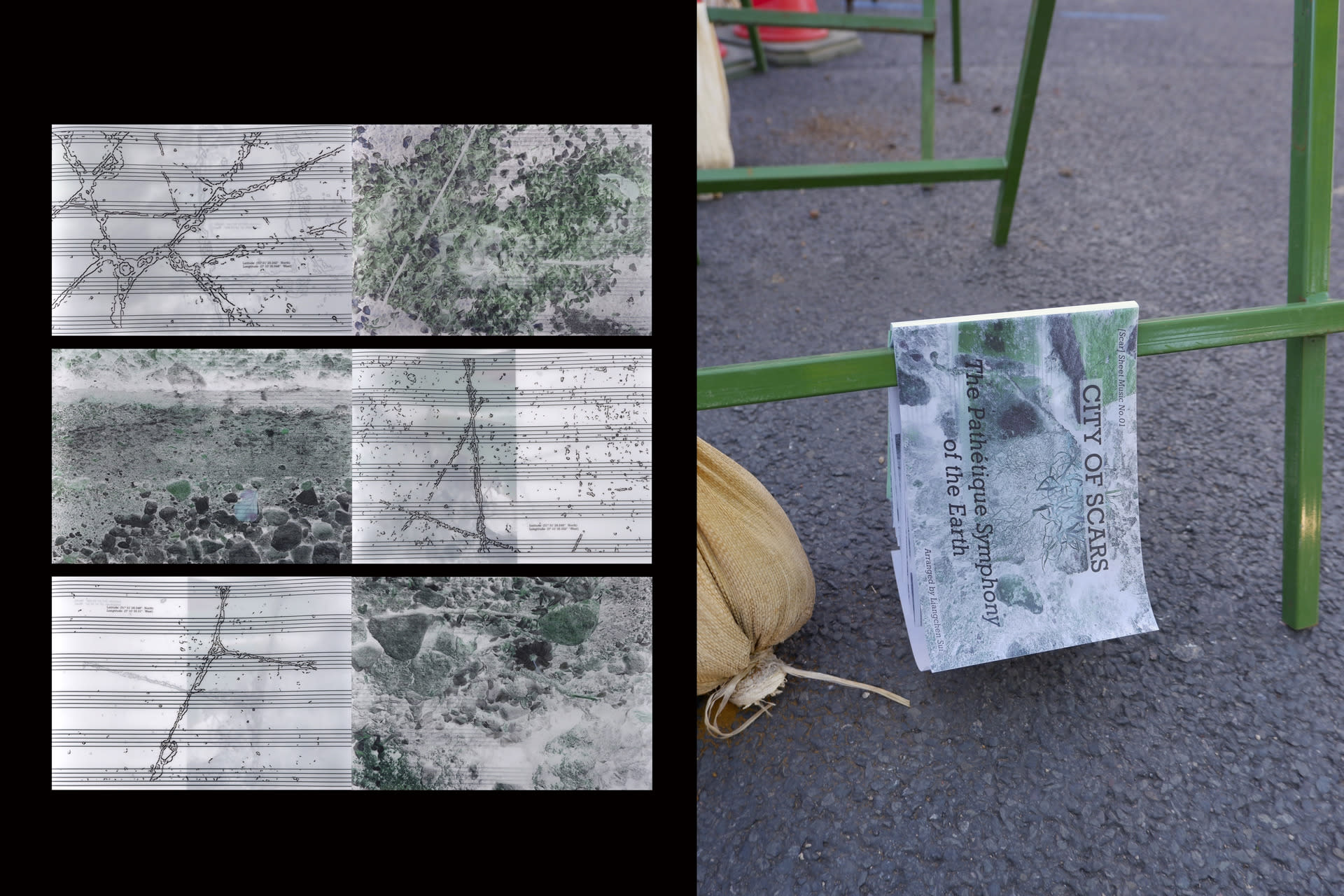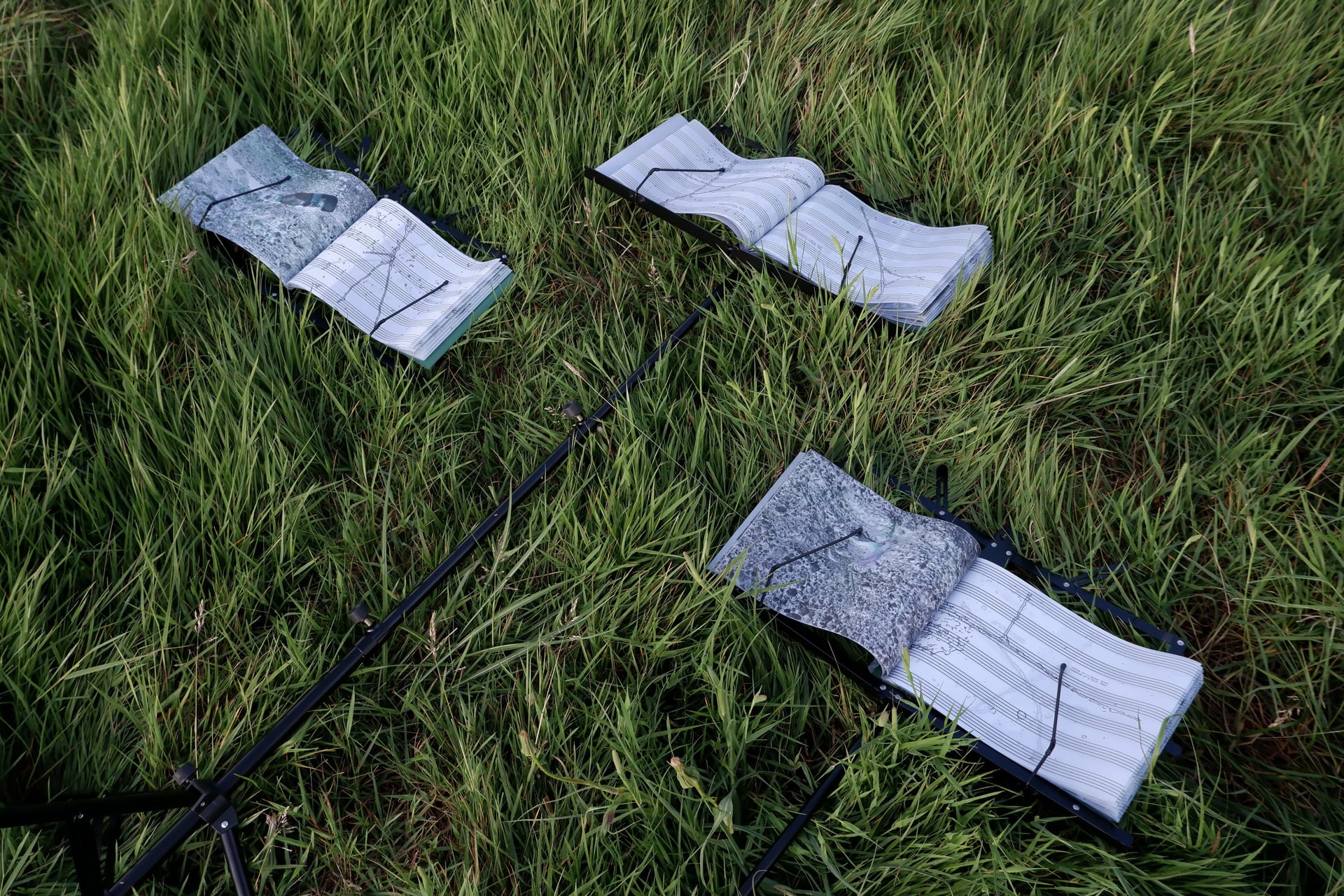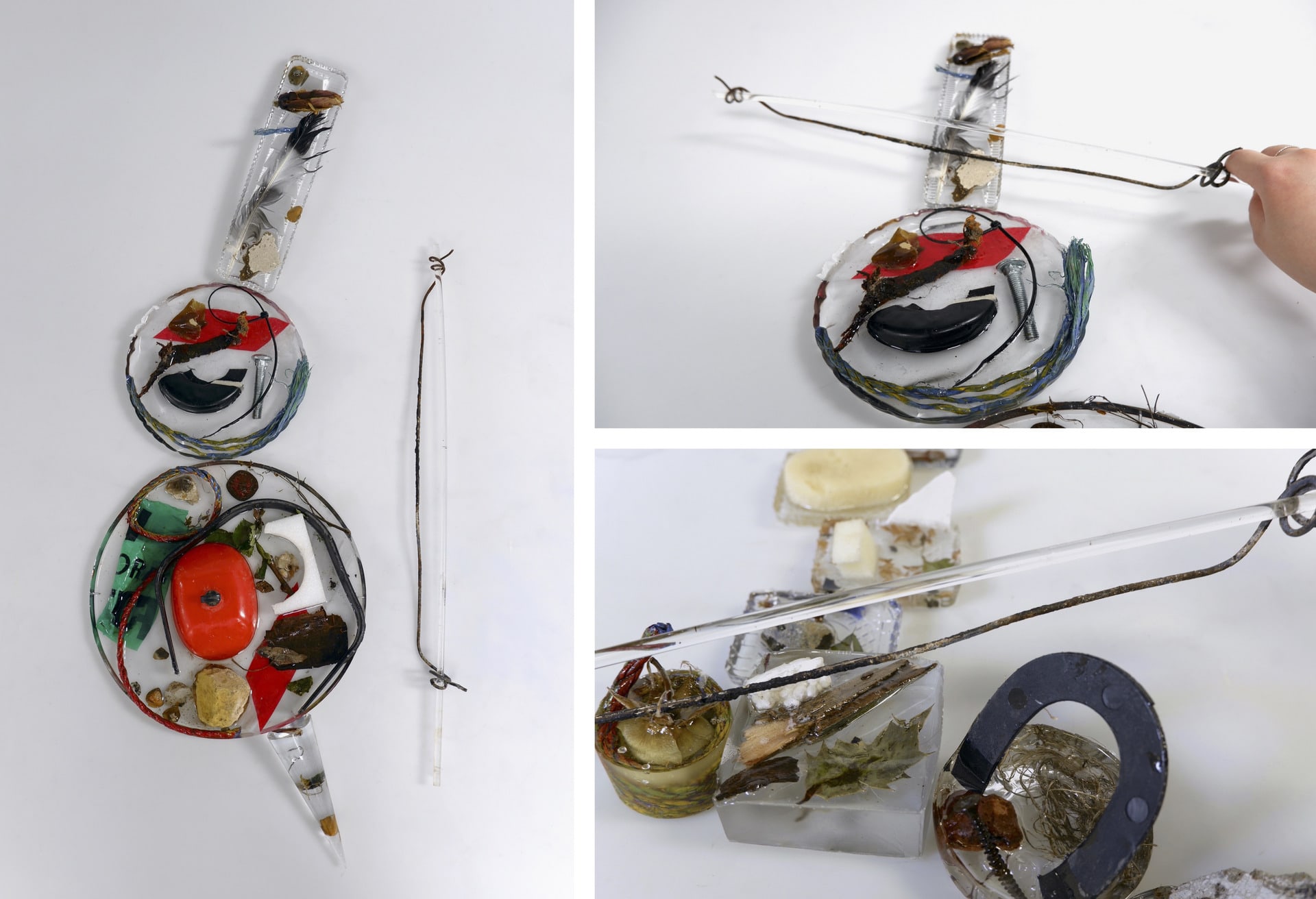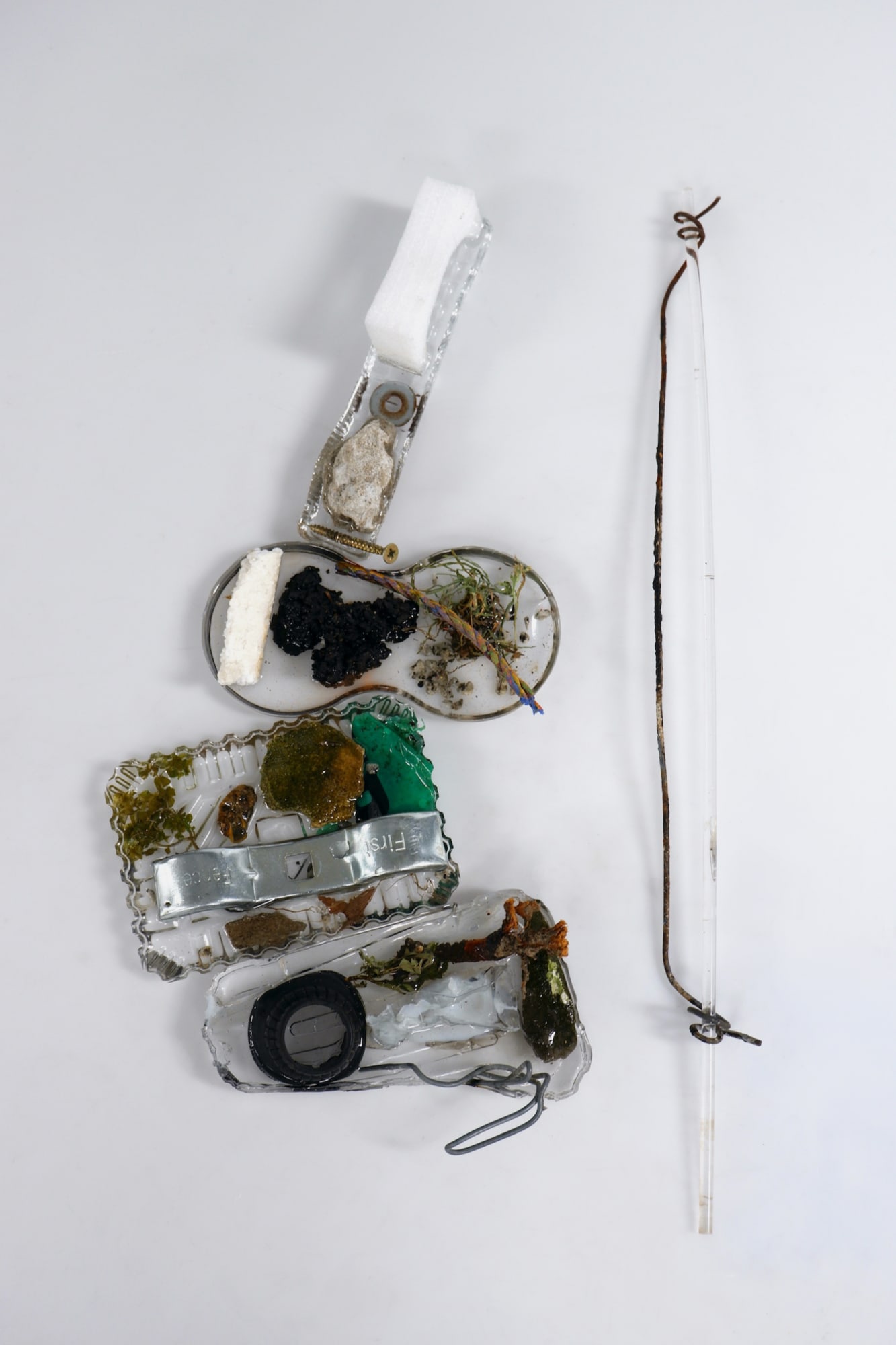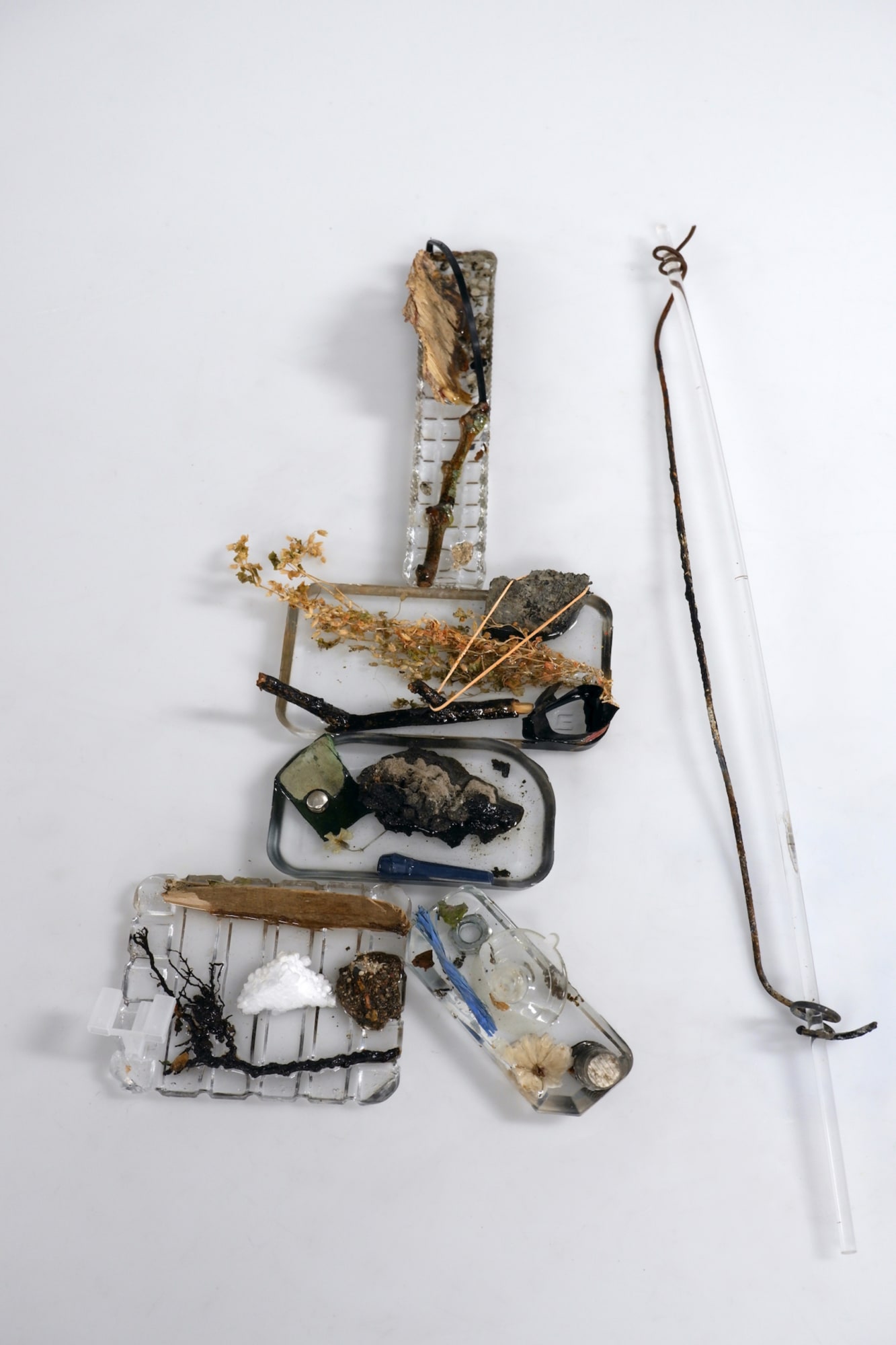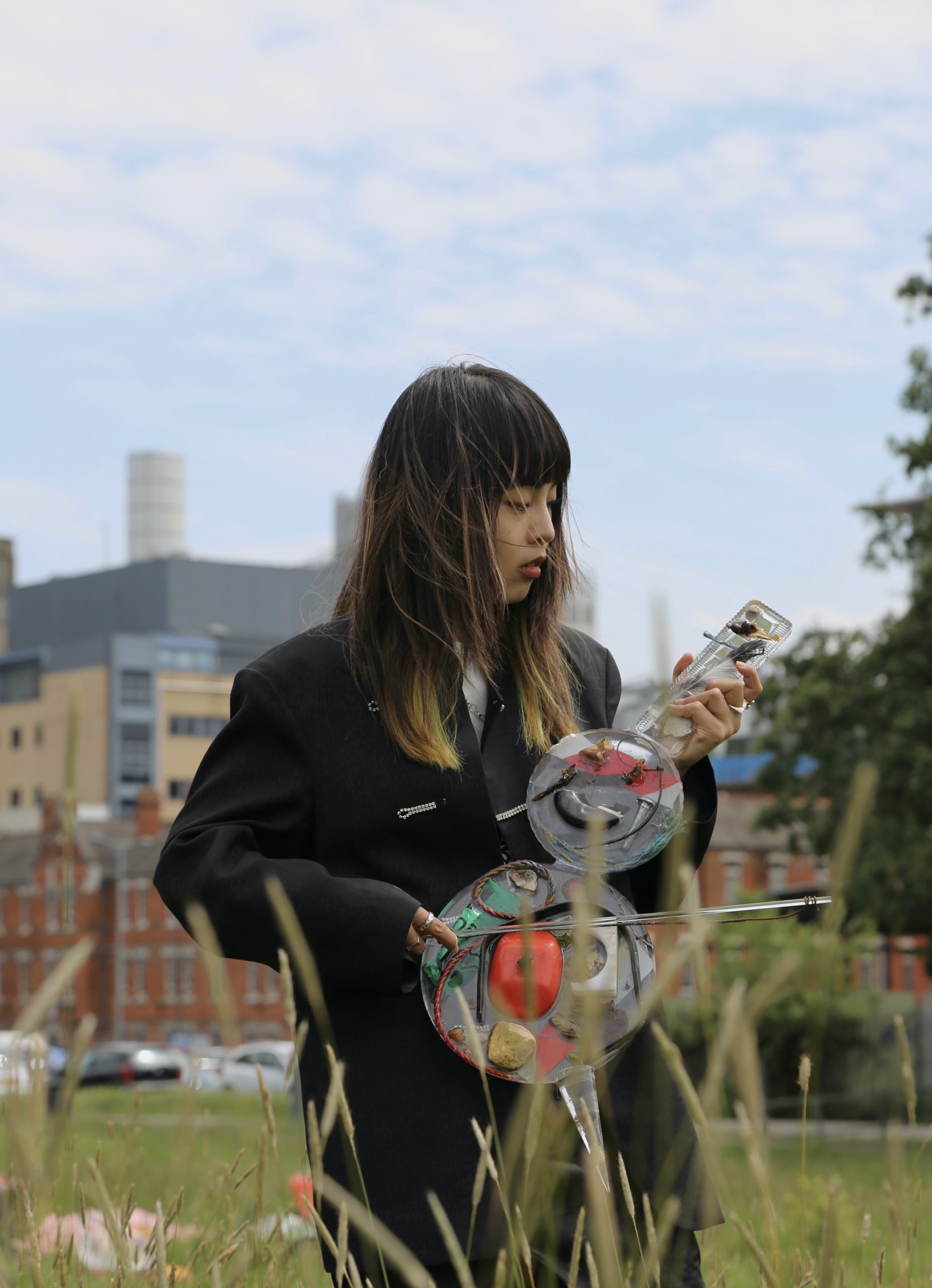I’m Liangchen Sui (隋良晨), a graphic designer, experimental communicator and sound artist based in London. I graduated from Beihang University with a BFA in Visual Communication Design in 2019 and am now completing my MA in Graphic Design at the Royal College of Art.
Taking a multi-phased approach, I aim to explore the boundaries between art and design through interdisciplinary experimentation, especially examining the boundary between graphic design and contemporary art. My intrinsic interests which range from language, music, crafts and multi-sensory media, informed by related theoretical areas such as Technoethics, psychology and philosophy, constitute the driving force underpinning my practice. While exploring the use of different media and materials to achieve clear communication and reflect different contexts, I also hope to utilise design to convey concepts with complexity, retaining both clarity and complexity at the same time. These works are multi-dimensional and speculative in nature, and are intended to find the intersection point between art, design and other disciplines. Concurrently, as a designer, I endeavour to reflexively question my position, while upholding and maintaining a sense of awe and peace towards all things in the world.
